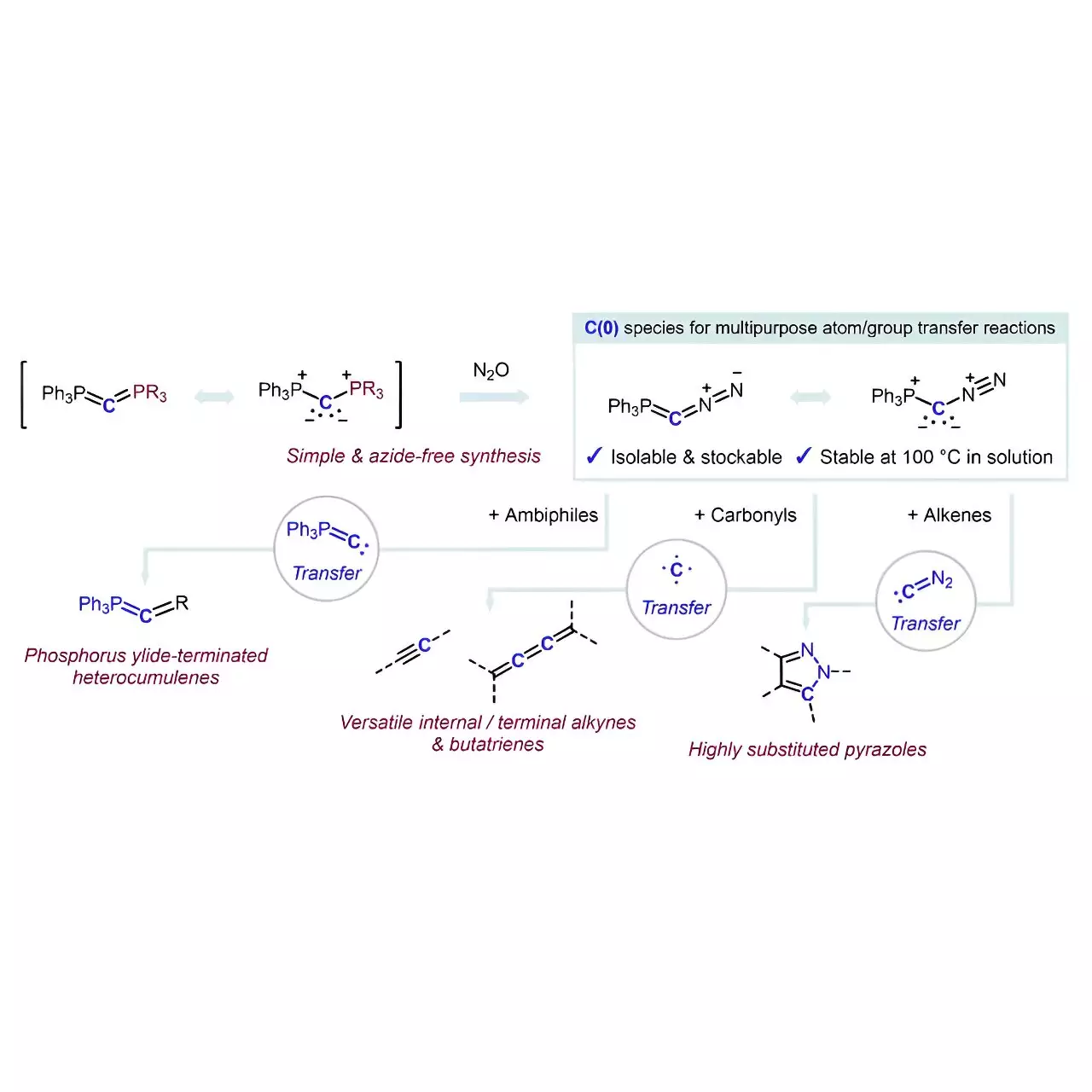Organic chemistry stands as a crucial pillar of modern science, serving as the foundation for developing countless pharmaceuticals and materials. Traditionally, the synthesis of complex molecular structures required extensive research, demanding time and resources. In a significant leap forward, Professor Max Martin Hansmann and his research team have unveiled a groundbreaking reagent that allows for the selective addition of carbon atoms to molecules. This innovation not only simplifies synthetic pathways but also opens the door to a new era of efficient organic synthesis.
A Game-Changer in Molecular Modification
Professor Hansmann’s team has succeeded in creating a reagent that enables the precise modification of molecules down to the atomic level. While this concept may sound like science fiction, the practical implications for pharmaceutical development are immense. The ability to introduce carbon atoms selectively has the potential to streamline the synthesis of complex drugs, making it simpler and significantly quicker. Such advancements can lead to faster drug development cycles, potentially saving lives by allowing critical medications to reach the market promptly.
Dr. Taichi Koike, the lead author of the research, emphasizes that manipulating molecules with such precision represents one of the finest techniques within organic chemistry. The implications for researchers are profound, as this innovation could redefine how we approach the synthesis of intricate chemical compounds. The selective introduction of carbon atoms paves the way for constructing more complex structures that were previously difficult, if not impossible, to achieve.
The Science Behind the Breakthrough
The reagent developed by Hansmann and his team stems from an ingenious method of stabilizing a carbon atom through coordination with two neutral electron-donating groups. This approach led to the creation of a class of compounds called carbones, which had previously been little explored as carbon sources. The researchers tackled the inherent challenges in employing carbones as carbon atom sources, ultimately resulting in a reagent characterized by two labile groups flanking a central carbon atom.
By synthesizing the crystalline and isolable reagent Ph3P=C=N2, the team avoided the hazards typically associated with diazo compounds, which often pose safety risks during synthesis. This new reagent demonstrates remarkable selectivity in transferring carbon atoms, which allows chemists to manipulate molecular structures effectively without complicating the process with additional additives.
Applications and Future Implications
The applications of the new reagent extend far beyond mere academic curiosity. Professor Hansmann anticipates that further exploration of this reagent’s reactivity could lead to exciting applications in the synthesis of higher cumulenes and the late-stage functionalization of complex organic molecules. Each of these potential uses carries the promise of revolutionizing how chemists approach the challenges inherent in organic synthesis.
Moreover, the team’s discoveries hold implications for industries reliant on the quick production of specialized compounds, particularly pharmaceuticals. Imagine a world where the process of creating new drugs could be expedited without compromising quality—a reality that Hansmann’s research nudges closer to fruition.
The duo’s work in collaboration with both the ERC and the Humboldt Research Fellowship exemplifies the power of synergetic research in fostering breakthroughs. As the scientific community continues to explore this innovative reagent, the future of organic synthesis looks increasingly bright, highlighting the importance of interdisciplinary approaches and support.
Professor Hansmann’s recent accomplishments signify a compelling leap toward simplifying the complexity of organic chemical synthesis. As we stand on the precipice of what could be transformative methods in chemical research, the journey of discovery continues—one carbon atom at a time. The innovation exemplified by this research not only contributes to the field of organic chemistry but also showcases the power of curiosity-driven science, a crucial element for all future inquiries.


Leave a Reply